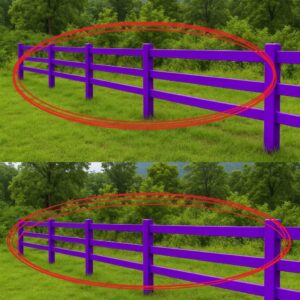I Think It’s Fair To Say That The Majority Of Us Have Got So Used To Buying Our Groceries In Stores That We’ve Forgotten The Huge Offerings Readily Provided By Mother Nature.
Go Out In The Right Forest During The Right Season And You Can Find All Sorts Of Wonders Waiting To Be Picked (Please Proceed With Extreme Caution While Foraging Things Like Mushroom).
Indeed, There Are Even Nutritious Treasures To Be Found In One’s Backyard, Dependent Upon Where In The Country You Live, Of Course. Don’t Believe Us? Well, Read On Below…
Now, I’ll Be The First To Admit That I’m No Horticulturist. I Can’t Name Most Plants And Herbs On Sight, And I Definitely Wouldn’t Be Qualified To Advise Anyone On What Greenery Is Safe To Eat.
And Yet When I First Heard About Purslane I Knew It Was Going To Be Something That Would Be Extremely Useful To Educate Myself On.
Purslane Is Known As A Weed Across Many Cultures, But It’s Actually A Green, Leafy Vegetable That Not Only Can Be Eaten, But Probably Should Be Eaten, In The Same Way As Other Greens Like Spinach And Lettuce.

You May Recognize Purslane From Where It Grows In Sidewalk Cracks, But It Can Be Often Found Growing In Gardens Too. It Has A Long History Of Use In Traditional And Alternative Medicines, While It Requires Minimal Effort To Keep Under Control.
If That Wasn’t Enough, Purslane Is Believed To Improve Soil Health By Preventing Erosion. Having The Vegetable In Your Yard Can Naturally Enhance The Fertility And Stability Of Your Soil, Thus Improving The Plants Growing Around It.

But Why Would You Eat It, You Ask? Well, Purslane Is Rich In Vital Nutrients, Providing Omega-3 Fatty Acids And Vitamins A, C, And E, As Well As Minerals Including Magnesium, Calcium, Potassium, And Iron.
All In All, Purslane Is Common Across Many Habitats And Environments, And It Could Well Be That It’s Growing Naturally Close To Your Home. If It Is, My Advice Would Be To Make Use Of It!





